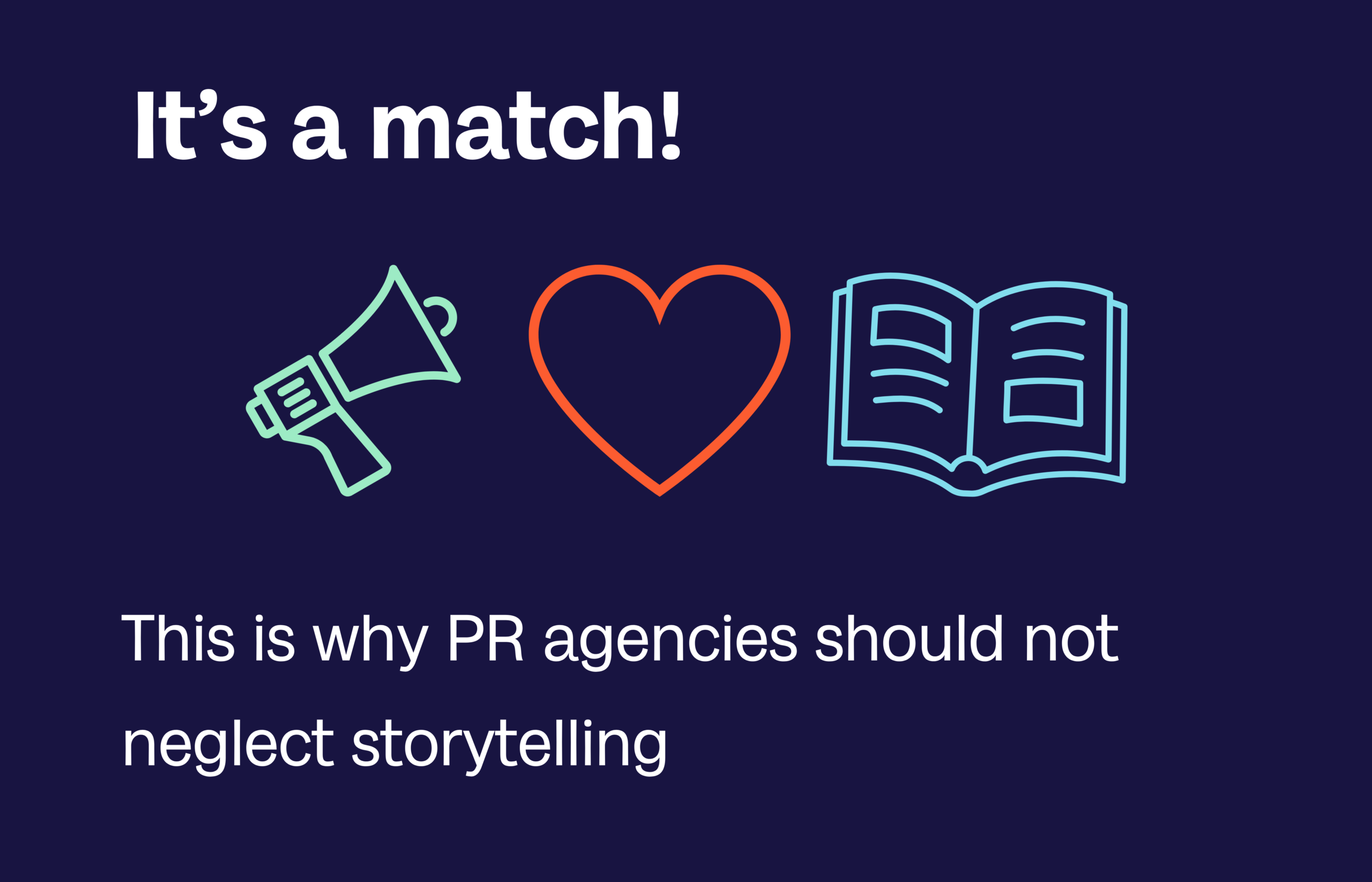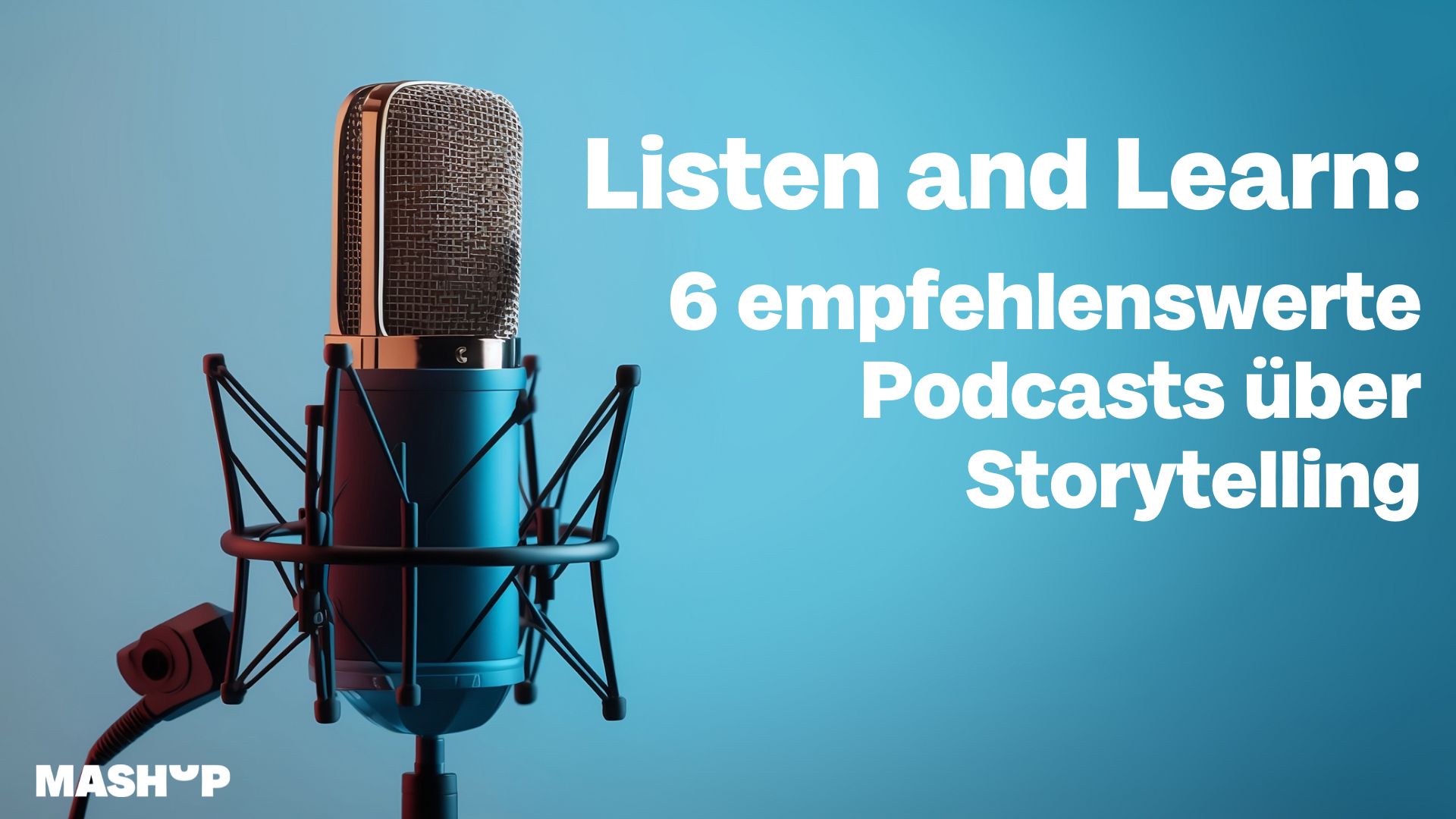It’s a match: This is why PR agencies should not neglect storytelling
Nothing but hot air? In the marketing universe, we are confronted with the buzzword storytelling from all directions. But what is it all about and how can PR agencies utilise this technique as a tool for themselves?
A particularly telling example of how powerful storytelling can be is the following lines by Ernest Hemingway, which I first read in the book “Erzählende Affen“: “For sale: baby shoes, never worn.” Just six words are enough to get your head spinning… For PR consultants who deal with language on a daily basis, it is therefore even more obvious to link storytelling to a brand and use it for their own benefit.
“Once upon a time…” – What can stories do to us?
We know it from the cinema or commercials, religious stories and fairy tales – storytelling is the perfect way to arouse emotions. But why is that? The book “Storytelling für Unternehmen” by our founder Miriam provides the answer: the human brain is always on the lookout for explanations and experiences and therefore automatically responds to stories. Thanks to the so-called mirror neurons, we feel as if we are actually experiencing the story we hear, see or read.
Storytelling therefore makes it possible to create an emotional connection between the audience, the person telling the story and the story being told – the perfect requirement for using this tool in corporate communications. After all, there is no PR without a storyline.
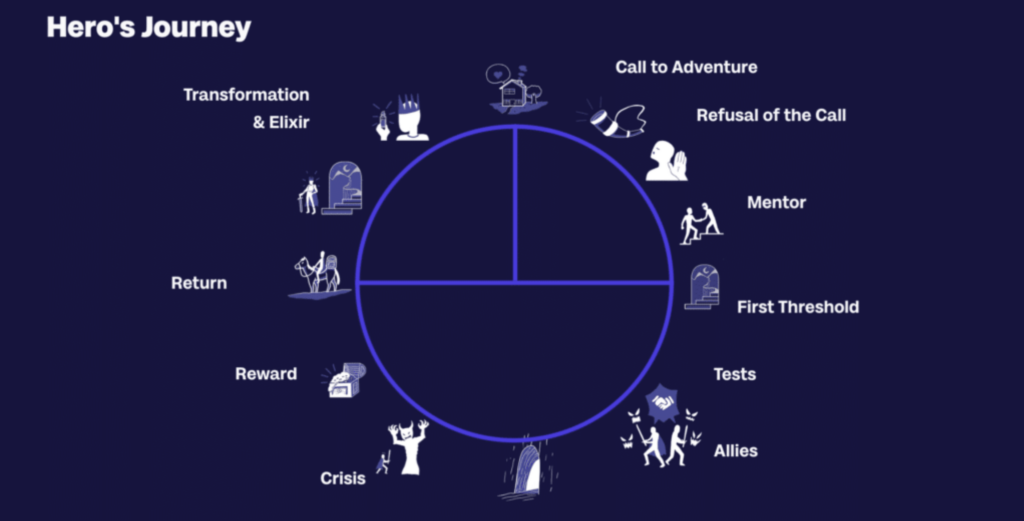
Of heroes and mentors – how storytelling works
Storytelling is used to create an identification surface for the target group that builds trust in a company or product. In order to find suitable stories, it is worth transferring the history of the company or potential customers to the principle of the hero’s journey. This modell was developed by Joseph Campbell, who recognized a common thread when analyzing myths, legends and tales. A mentor plays a key role here. The hero or heroine, who has to overcome trials and crises on a journey, can be either a company or its customers:
The company as hero
Every hero’s journey begins in the familiar world or in a specific industry. The founders have recognized the need for a new product or service (the call to adventure), but are confronted with self-doubt or difficult starting conditions in the first step (refusal of the call). This is where the mentor comes into play, providing the necessary support and guidance. This can be an outstanding person or an internal team.
Once the first threshold has been successfully overcome, the hero or heroine must face trials, find allies and fend off enemies. Once the final, all-important crisis has been overcome, a reward awaits our hero. Now they can return to the familiar world, enriched by many experiences (transormation & elixir).
In our PR strategy, we encourage companies not only to highlight the positive aspects of the hero’s journey in their communications but also to address crises. Various story plots such as “From rags to riches” or “Rebirth” are perfect for this. Let’s turn the tables and take a look at the hero’s journey of the target group:

The target group as hero
Beauty, simplicity or wholeness? We all have a need for self-realisation. If a company shares the same values as we do, it can act as a mentor and support us on our hero’s journey with its product or service. Looking for employees? The same principle also works in employer branding.
Nevertheless, there are several points that PR consultants should definitely avoid when using storytelling:
1. Forgetting the target group: It is a no-go to lose sight of the needs and interests of potential customers. Storytelling in PR should always aim to reach the “right” people and encourage them to take action. If the story told is not relevant or appealing to the target audience, this can lead to the message being lost and the PR activity remaining ineffective.
2. Fake stories: At Mashup Communications, we firmly advise our clients against inventing or over-dramatising narratives to attract attention. This is because if stories are perceived as manipulative or untrustworthy, this can undermine the trust of the target group and even damage the brand’s reputation in the long term.
3. Boring wastelands of words: Storytelling is not only applicable in text form. Photos, graphics or video material should also be integrated into press releases to capture the attention of readers. Doodles from Google or Pinterest are good examples of visual storytelling.
Storytelling in PR: Best Cases
Now that I have listed all the “don’ts”, the “dos” should of course not be missing. An example of how powerful storytelling can be in a PR campaign comes from GoPro with the fitting title “Be a Hero”.
In this campaign, GoPro puts its customers centre stage by sharing their adventures and experiences with the world. GoPro users are presented as heroes who use their cameras to capture breathtaking footage of their activities – be it surfing, skiing, climbing or other adventures. GoPro acts as a mentor in this campaign, providing its customers with the tools and technology to document and share their own hero’s journeys. By using GoPro cameras, they can capture their adventures and see themselves as the heroes of their own stories.
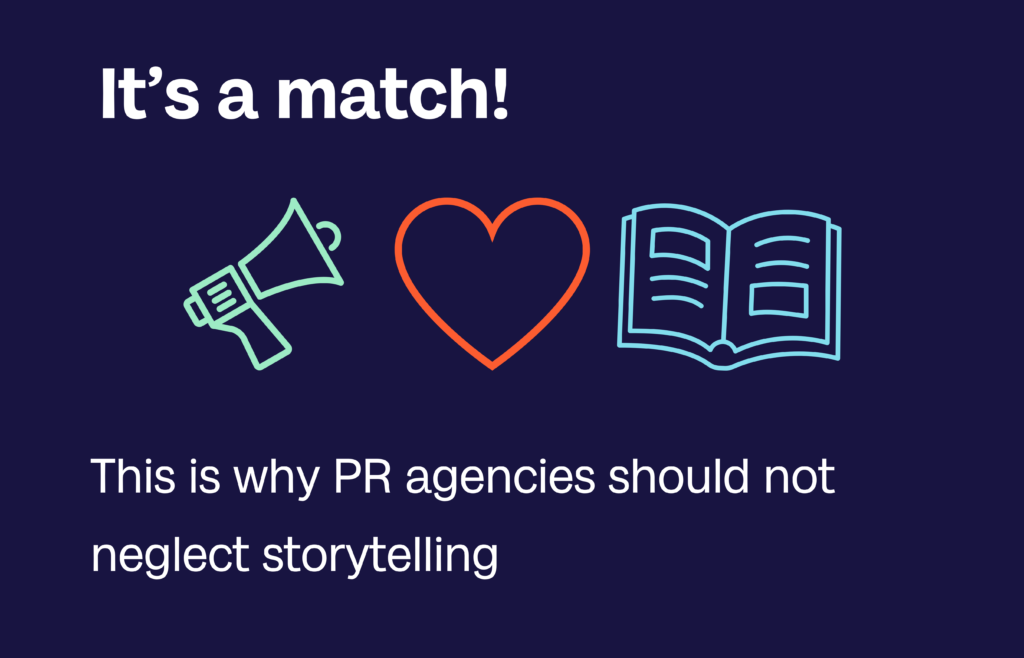
The bottom line: Dream big!
Storytelling has become essential in PR work because it enables connections to be made, emotions to be aroused and messages to be conveyed authentically. When companies – like GoPro – focus on their target group and help them to achieve their goals, this is the best way to tell a success story. If the dos and don’ts of storytelling are considered, stories can be heard, understood and appreciated – and thus leave a lasting impression.
From trust to awareness: Read here to find out more about what PR can and cannot achieve.
Share this article
Related articles
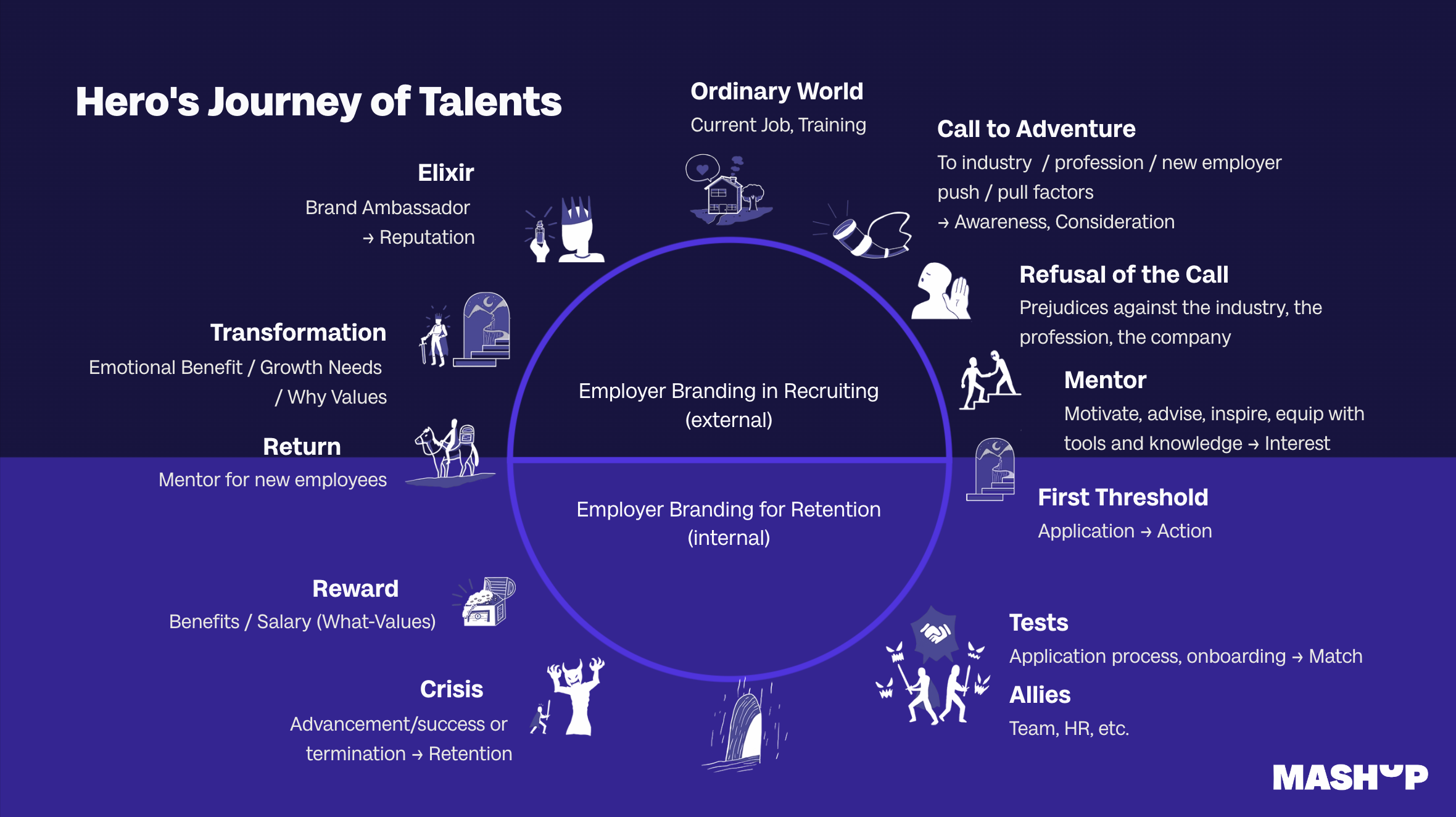
11 March 2024


